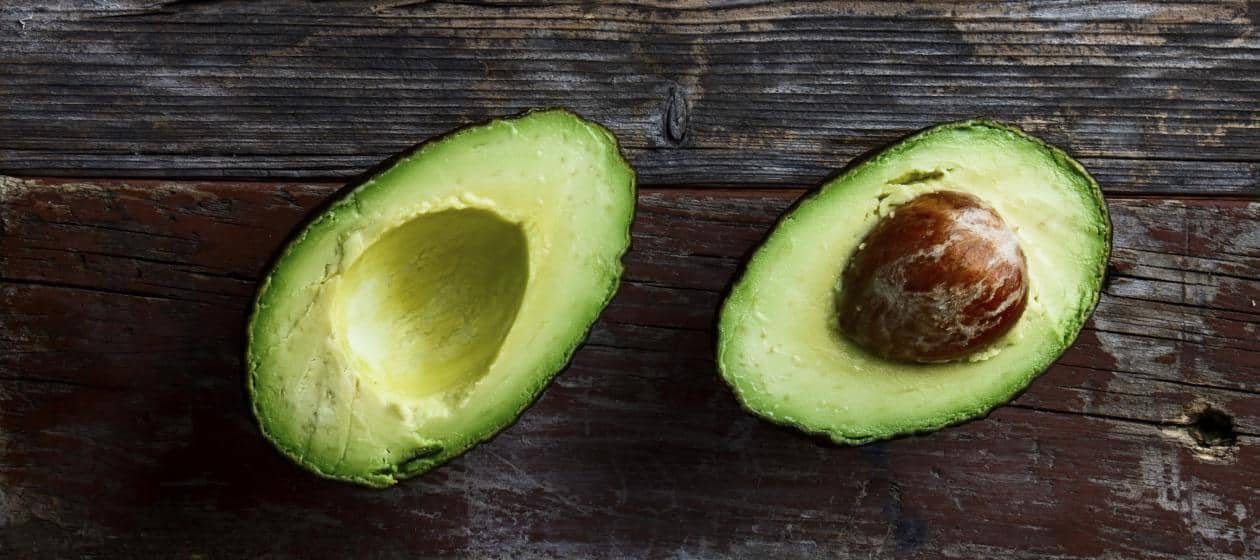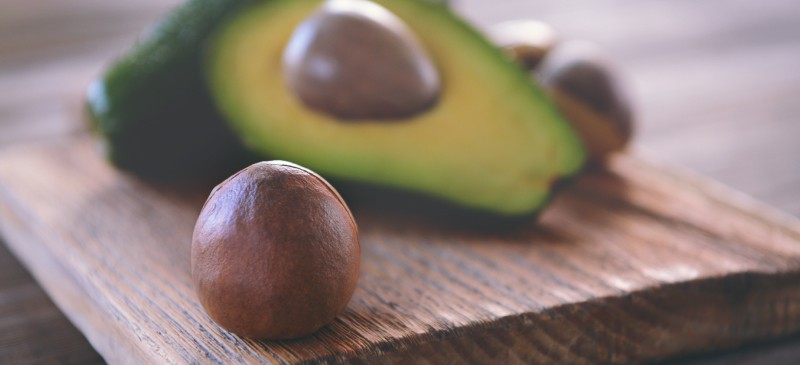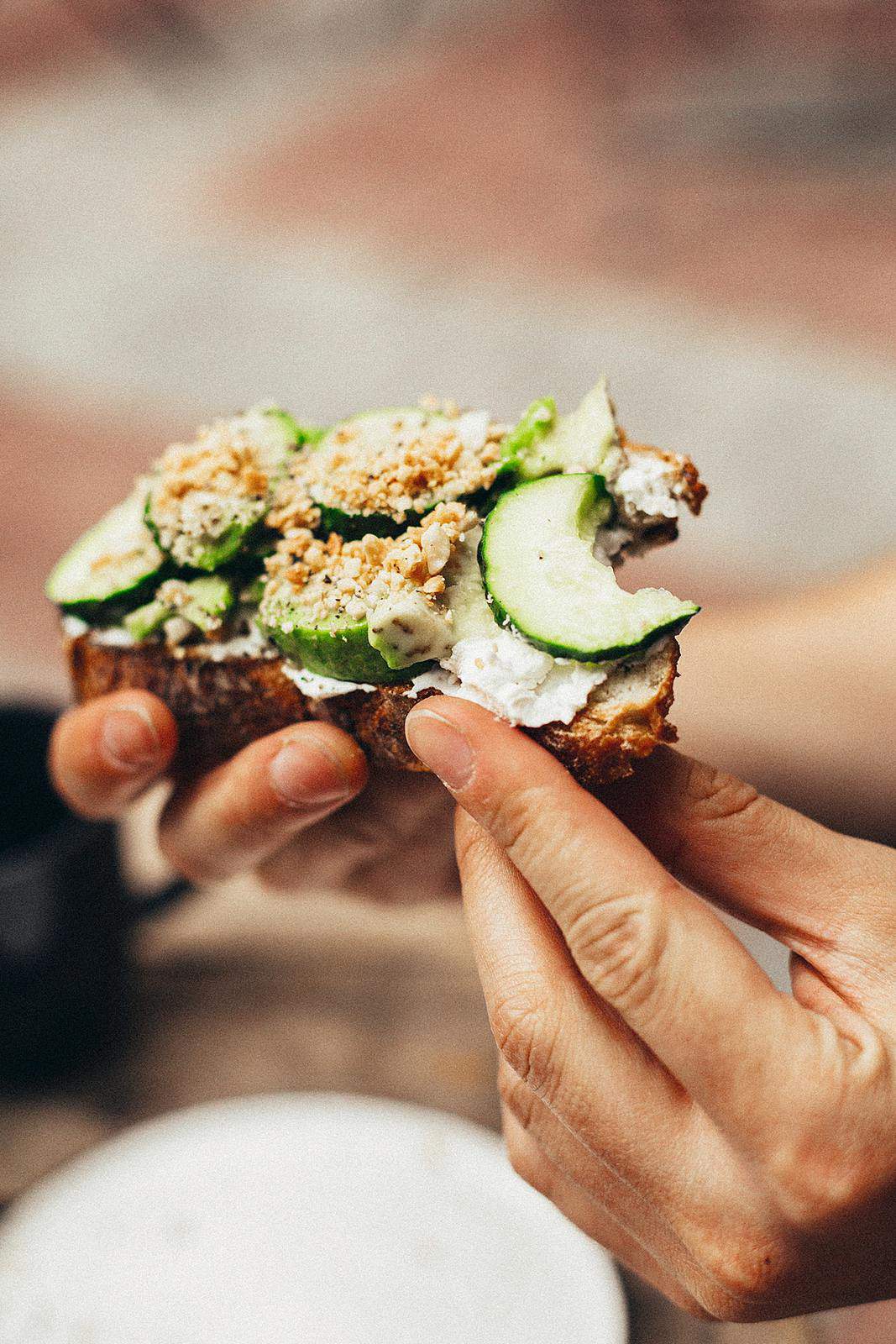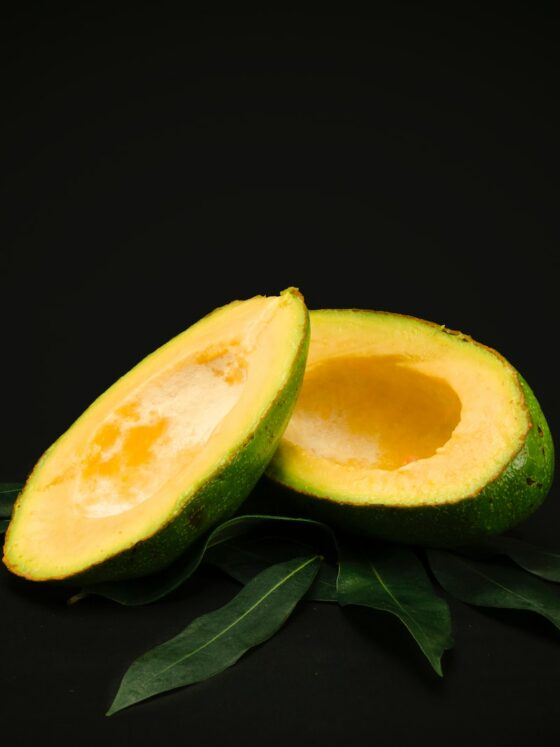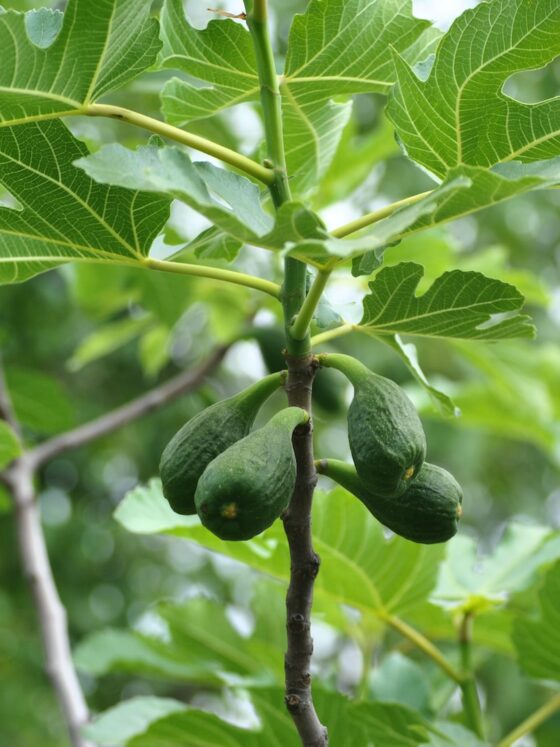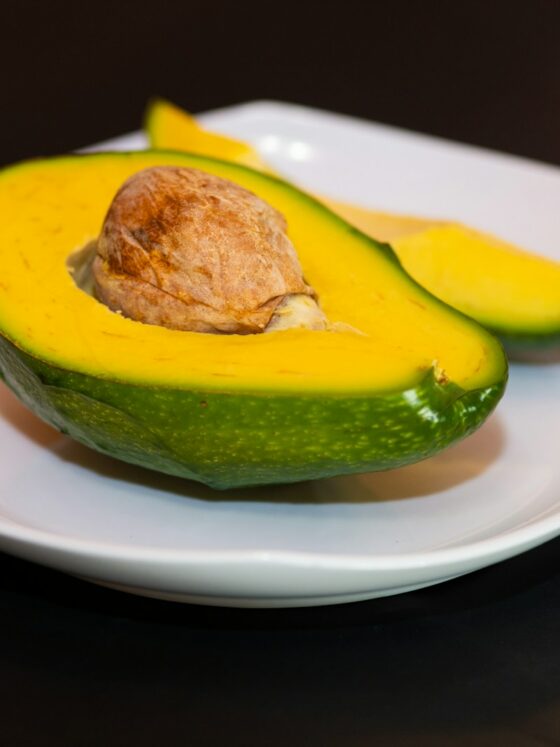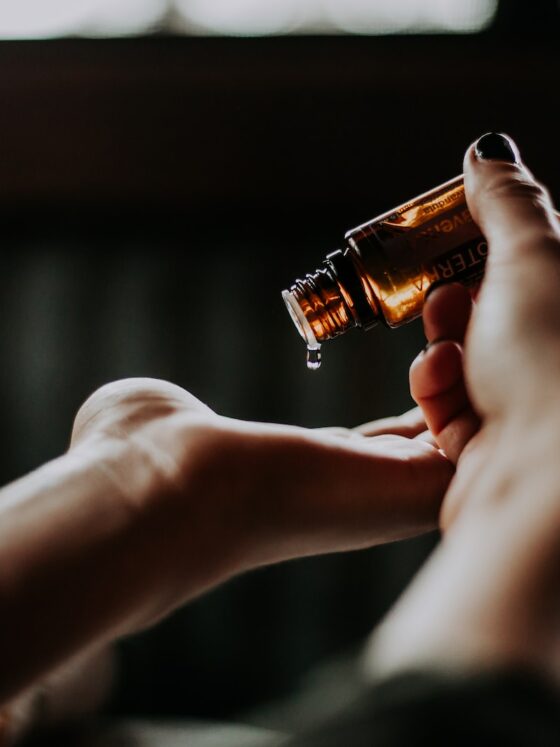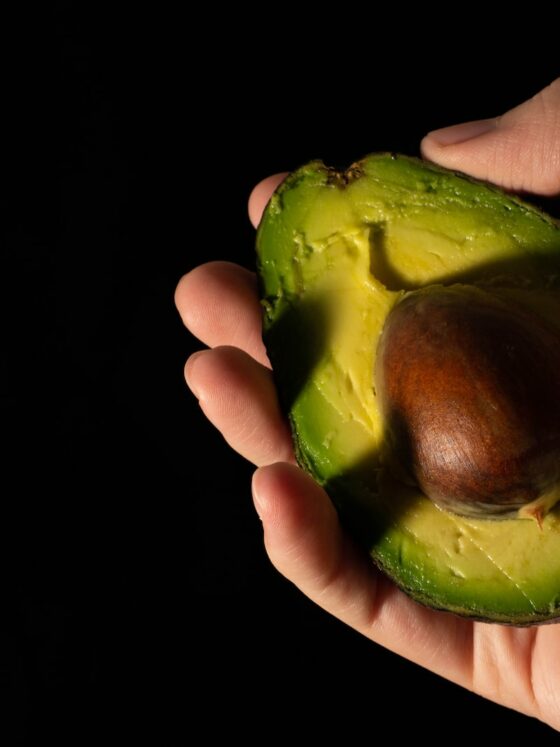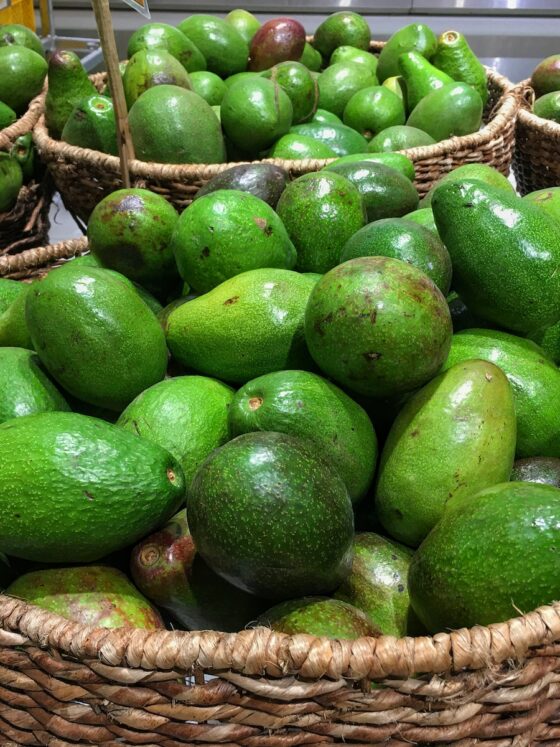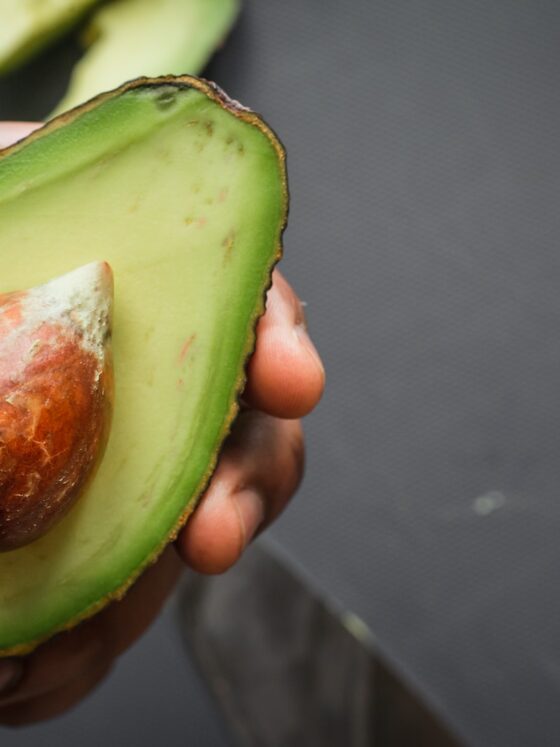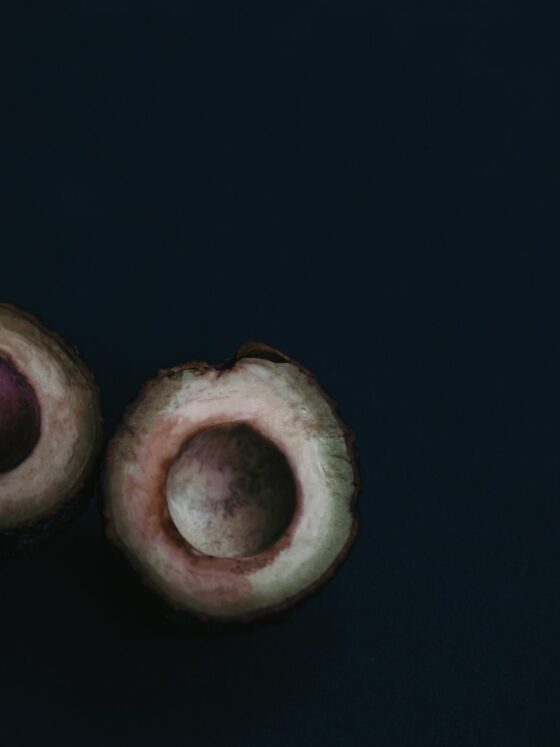Avocados have become quite popular fruit lately. Although they do not taste sweet, and generally are on the blander side. Their texture, look, and nutritional benefit makes them a welcome addition to so many different meals. They allow themselves to be combined easily with a variety of different foods.
This is why they have become a favorite for health-conscious individuals who want to eat something which is nutritious, interesting, but also delicious. Their creamy texture, and high percent of saturated fat content, makes them the perfect base for homemade spreads, or even a healthy alternative to butter or lard.
The thing with avocados is that, because of their taste and texture, it is rather unlikely that one will eat an entire avocado in one meal. Unless one is sharing the meal with others, it is more than plausible that some of the fruit will be left over, at least a half or even more. That leftover part will have to be stored away for later use (as there is no good reason to throw it out).
However, now we come to the main crux of the issue, and that is browning. Many fruits and vegetables undergo browning after being plucked and/or opened due to the fact that the flesh of fruit and veg contains phenolic compounds and enzymes which react to oxygen once exposed and produce a dark, often brown pigment.
This is why fruit that has been damaged anywhere on the outer shell will also continue to brown, as air has now managed to pass by the skin, which is the protective layer. Since oxygen is the main catalyst of browning, to prevent it from happening, we must also find the best ways to seal the exposed fruit.
The problem with avocado and browning specifically is that there is no way you can only partially eat the fruit without leaving the rest exposed. Unlike grapes, where you can pick only a couple from the vine, or oranges – where the fruit itself is divided into sections even after peeling, there is no way to divide or dose avocado. Once you slice one in half, you either have to put it to good use or protect it well.
Although a bit of browning is not dangerous per se, at times it can be, and it definitely affects the taste and texture of whatever fruit we are eating. Therefore, it is in our best interest to find some sort of way that we can neutralize the browning process when it comes to avocados.
Luckily, this problem is not an isolated one, and anyone who has ever had to leave an avocado in the fridge overnight is aware that this could happen. Thus, people have thought of several ways to make sure your avocado says fresh for longer, and, if not completely eliminate, at least slow the browning process.
There are three main ways in which we can do this:
Table of Contents
Tight Seal
The oldest trick in the book on how to keep avocado from browning is to seal the avocado in an air-tight container or wrap it neatly.
Wrapping may prove to be better if used alone. This is because, even when sealed properly in a container, the avocado might still react with some of the oxygen surrounding it inside of the bowl, and sometimes the circulation of vapors in air-tight containers may even produce a counter effect.
This is exactly why saran wrap might be a better option, as with a little bit of patience – you can press it neatly against the avocado flesh and subsequently wrap it around in a second protective layer.
The problem with this is that plastic wrap isn’t 100% air-tight, and while the process of browning might be significantly slower than when you leave a bare avocado out in the open, it’s still not a reliable option for storing avocado even for a full day. The best method would be to combine containers and wraps with other methods of preserving avocado, assuring a double protective impact.
The Onion Method
For this method, as the name suggests, we will be using an onion, more specifically a red onion. What you do is you dice one-quarter of red onion and line the bottom of a sealable container with it. Now, this might seem a bit strange at first, but if you then place your avocado half peeled side-up in the container and seal it. After this, leave it in the fridge. With this, it maintains its freshness much more than had you simply left it by itself.
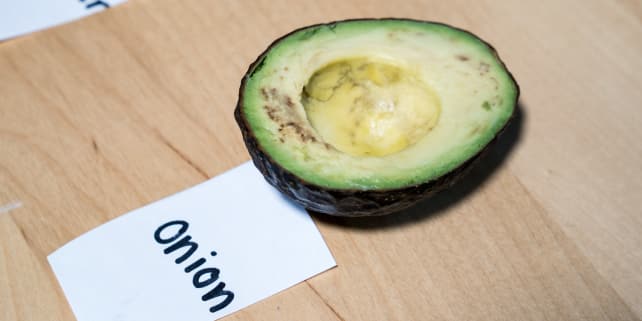
The reason for this is because there are vapors the sliced onions emit which chemically react with the avocado and make the browning process go slower.
Now, you are probably worried that the taste of your avocado will be somehow affected by the onion. You need not worry about this, however, as by doing it this was the side of the avocado facing the onion will be the one covered with skin. The onion will thus not be able to affect the taste of your avocado drastically.
The great thing about this too is that, in addition to being able to save your avocado for later. Your onion will also be neatly diced and perfectly reusable.
The Olive Oil Method
These methods only seem to be getting more and more unorthodox, but everything is worth trying out if it means our avocados will be spared unnecessary browning.
Olive oil is a common element in the cuisine of many households, and so it is very convenient for use. You do not need to run to the store for any special equipment to do this method. It is recommended that you try and find an olive oil with a flavor that is not too strong. We are going to be applying it directly to the exposed part of the avocado.
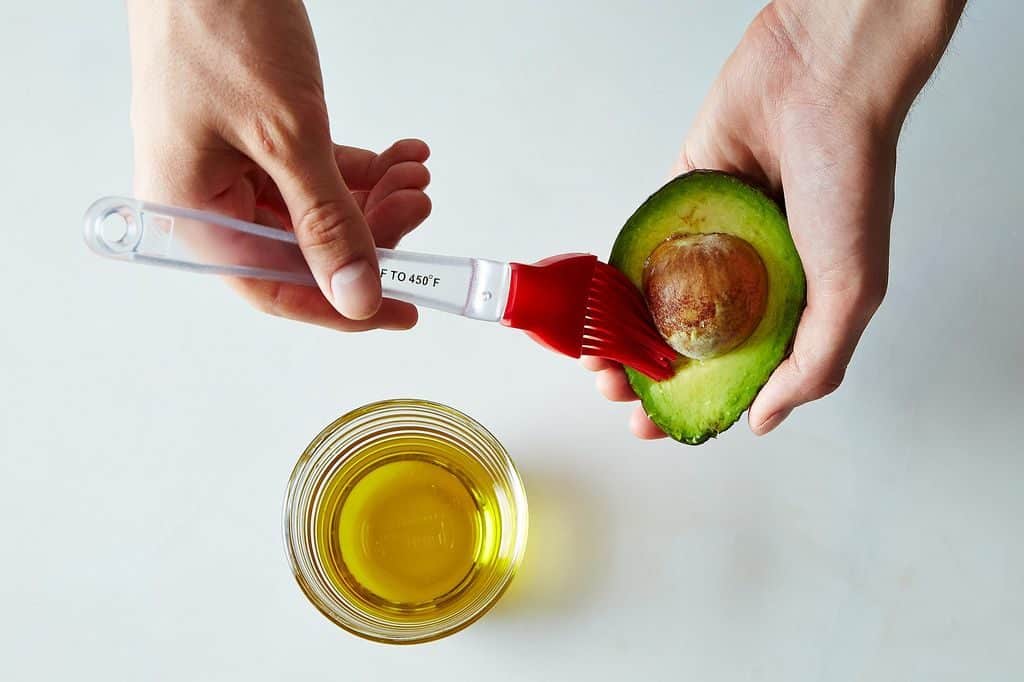
What you do is you take your avocado half (or whatever part is leftover) and brush it with olive oil. What this does is it makes it so the avocado is not in direct contact with the air, which is the primary cause of the browning process.
Again, this is not a method that will certainly protect the fruit from browning indefinitely, but it will certainly slow the process down. You can also dunk the avocado into a bowl of oil, but since you cannot reuse this oil, maybe it’s for the better to think about less wasteful options.
If you follow our advice and make sure to pick an olive oil with not that strong of a flavor, you should not have trouble with it interfering with the taste of your avocado. (And even if it does do that a little bit, olive oil does not taste bad at all.)
You can use just about any cooking oil for this trick, however, olive oil has proven to not change texture or taste of the fruit, hence why it may be considered the best option.
After you do this, it is important you place your avocado in an airtight container.
The Lemon Juice Method
Here we have perhaps the least expected way of preventing browning (although that onion thing is hard to top). Lemons (and citrus fruits in general) are quite amazing for a whole variety of reasons. They are delicious in and of themselves and are also great for making other foods delicious.
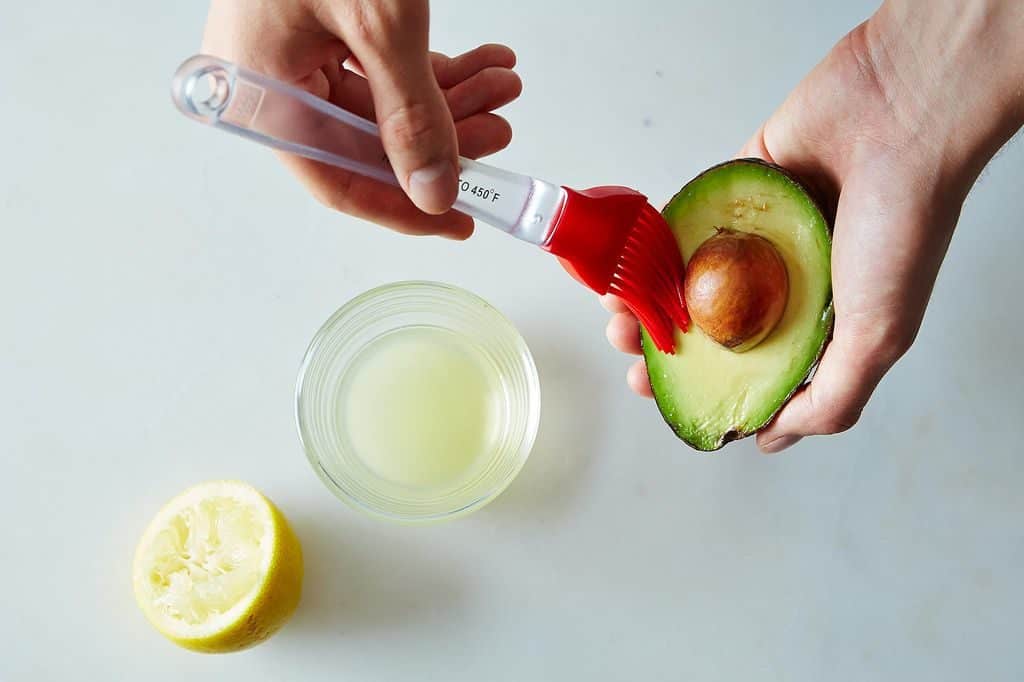
What we care about at this moment, though, is the chemical properties of the lemon’s citric acid. Namely, it dramatically slows down the browning process of avocados and other fruits.
The thing to do is the same with olive oil, and that brushes the lemon juice over the exposed part of the avocado you with to “preserve,” and make sure to place it in an airtight container afterward. This will not prevent browning completely but it will slow it down enough. This way, you will most likely be able to finish off your avocado the day after (or even perhaps the day after that in some cases). This method will also work with lime or oranges.
The lemon will not fully absorb into the avocado, just stick to the outer layer, which is why it should not alter the taste by a whole lot. Many people prefer to spritz their avocado with lemon juice when cooking. Others cannot stand this combination. Make sure you know your taste preferences in advance before trying out this technique.
Using the rest of the avocado
When it all comes down to it, food in nature is best preserved if it is kept in the shell in which it grew. Even though avocado requires you to cut it open to eat it, there are still ways to preserve it using nothing more than what’s left of it.
If you are to scoop out only one half of the avocado, then you will have a remaining peel and the pit. Leave the pit inside of the half which you would like to preserve, and close the empty skin shell of the avocado back onto the other half and press it tightly to seal it.
Next, wrap in saran wrap to help keep more air out, but also to keep the peel from curling and exposing the avocado. You can rely on this practice when storing guacamole, too; but the pit in midst of the bowl with guacamole, and wrap the bowl in plastic wrap.
Using water
Since avocado is mostly unsaturated fat, and fat and water do not mix, this is a good way to preserve avocado, or, again, even guacamole.
Pour water into a cup and put the avocado into the water, or pour water into a bowl containing mashed avocado flesh or a spread made out of avocado (such as guacamole).
Close or wrap the bowl, put it inside of your fridge, and rest assured. The reason as to why you should close or seal the bowl is to avoid either spilling the water or getting other food and dust particles to fall into it, significantly reducing the protection pure water gives.
The avocado will not absorb the water or mix with it because its texture is too dense, so unless you attempt and mix it, water will not get through. Water will sit on top of fatty food and serve as an impermeable shield, as water doesn’t let oxygen through, and oxygen exposure is the main reason for avocado browning.
This method will keep avocado from even the slightest bit of browning for at least two days, however, after about a day the top layer of the avocado might start to break apart and become slightly mushy, so this method would be perfect for storing avocado overnight.
Conclusion
The avocado is an amazing fruit: delicious, nutritious, and even stylish to a certain extent. However, few of us will simply eat an entire avocado in one meal. It is important to know how to preserve the parts that we do not eat and by now we’re know how to keep avocado from browning.
The question many people ask is if you can eat avocado even if it started browning? Until it starts getting an acidic, sour taste, which is after about three days, yes. However, the outermost part of the browned avocado almost always has at least hints of bitterness right from when it starts turning brown, and the texture will change, too – the avocado will be less rich and creamy and mushier. Most people do not like to think about eating mushy avocado, even if the taste remains intact.
Of course, you can always scrape the top layer off of the avocado and eat the rest, but depending on the climate of your surroundings and the freshness of the fruit, the avocado might turn brown up to two inches deep overnight, which is sometimes at least half of the fruit. Finding good ways to preserve it is, thus, a good idea.
This guide presents five amazing and slightly unusual ways to do that, from placing your avocado on a bed of diced onions to rubbing it with lemon juice. Hopefully, one of these will work well for you and you can enjoy your avocado without having to throw away the parts you simply are not able to eat at any given moment.

